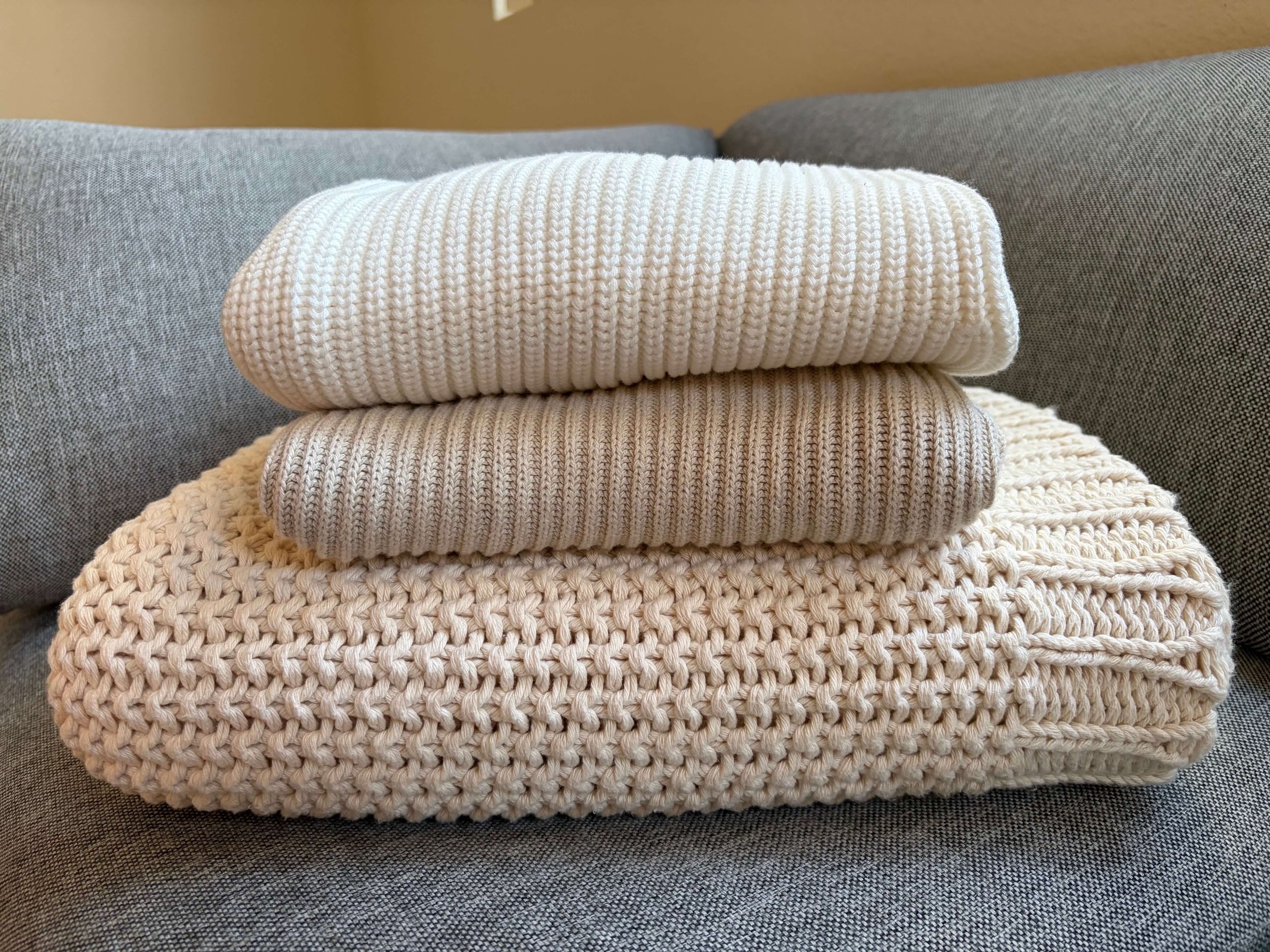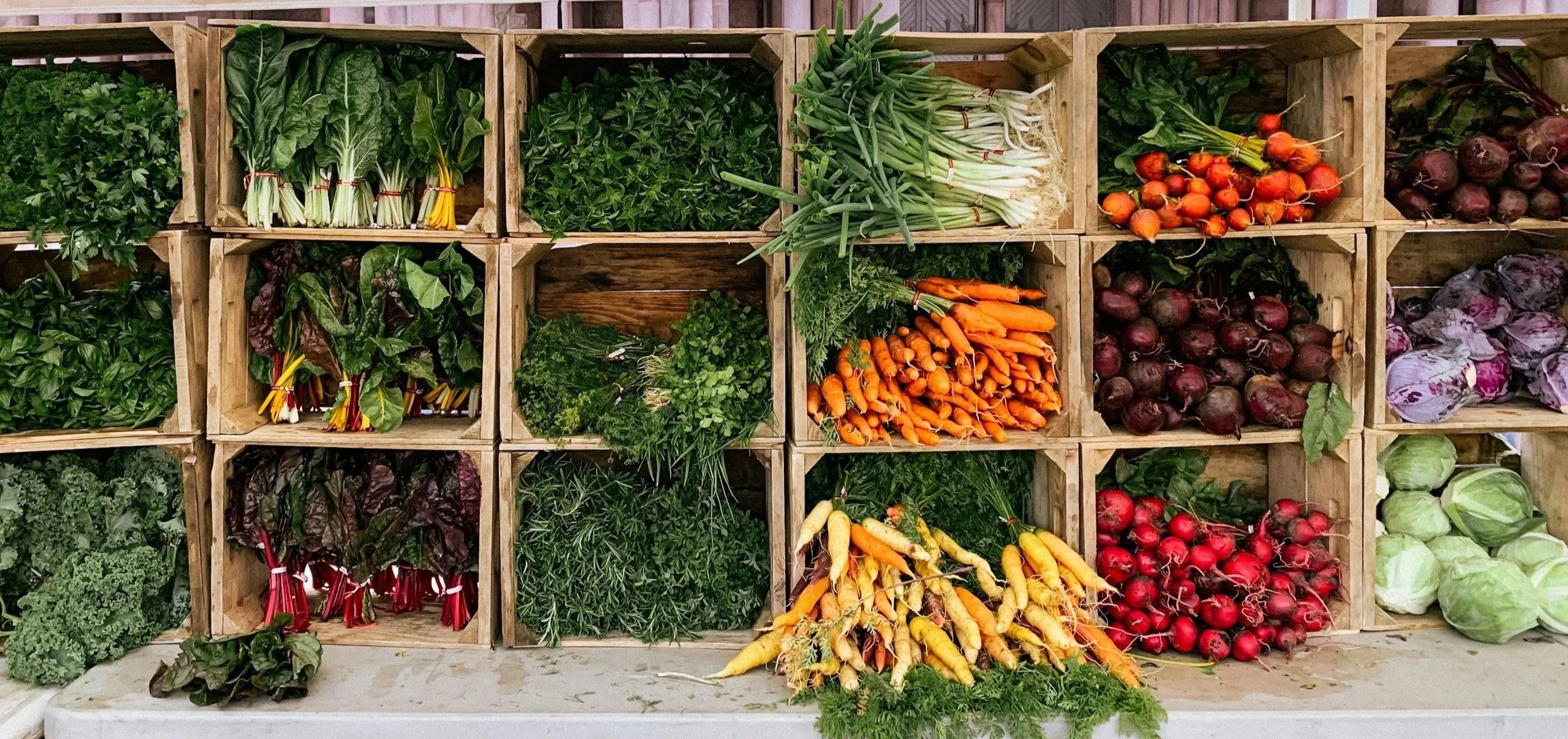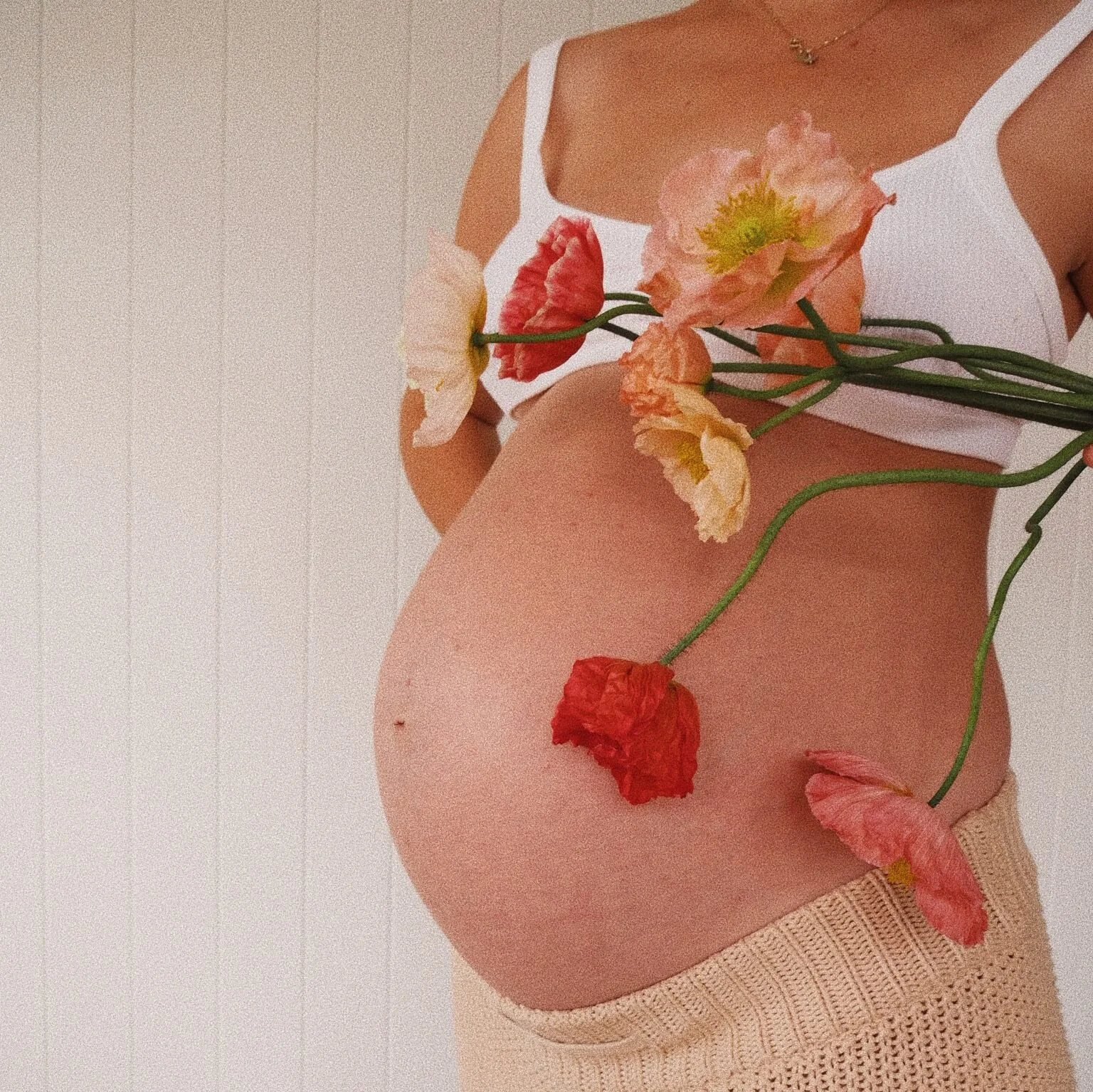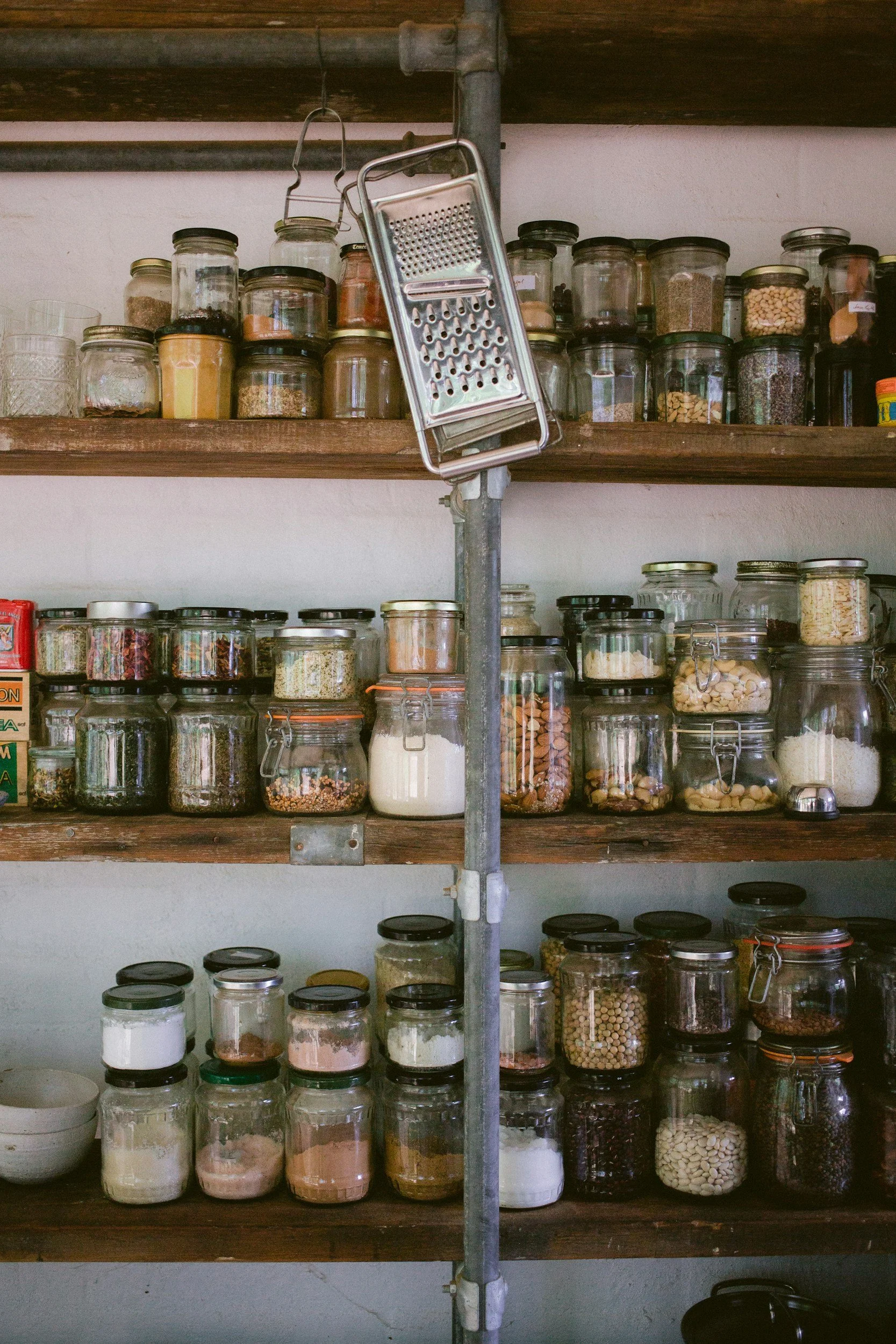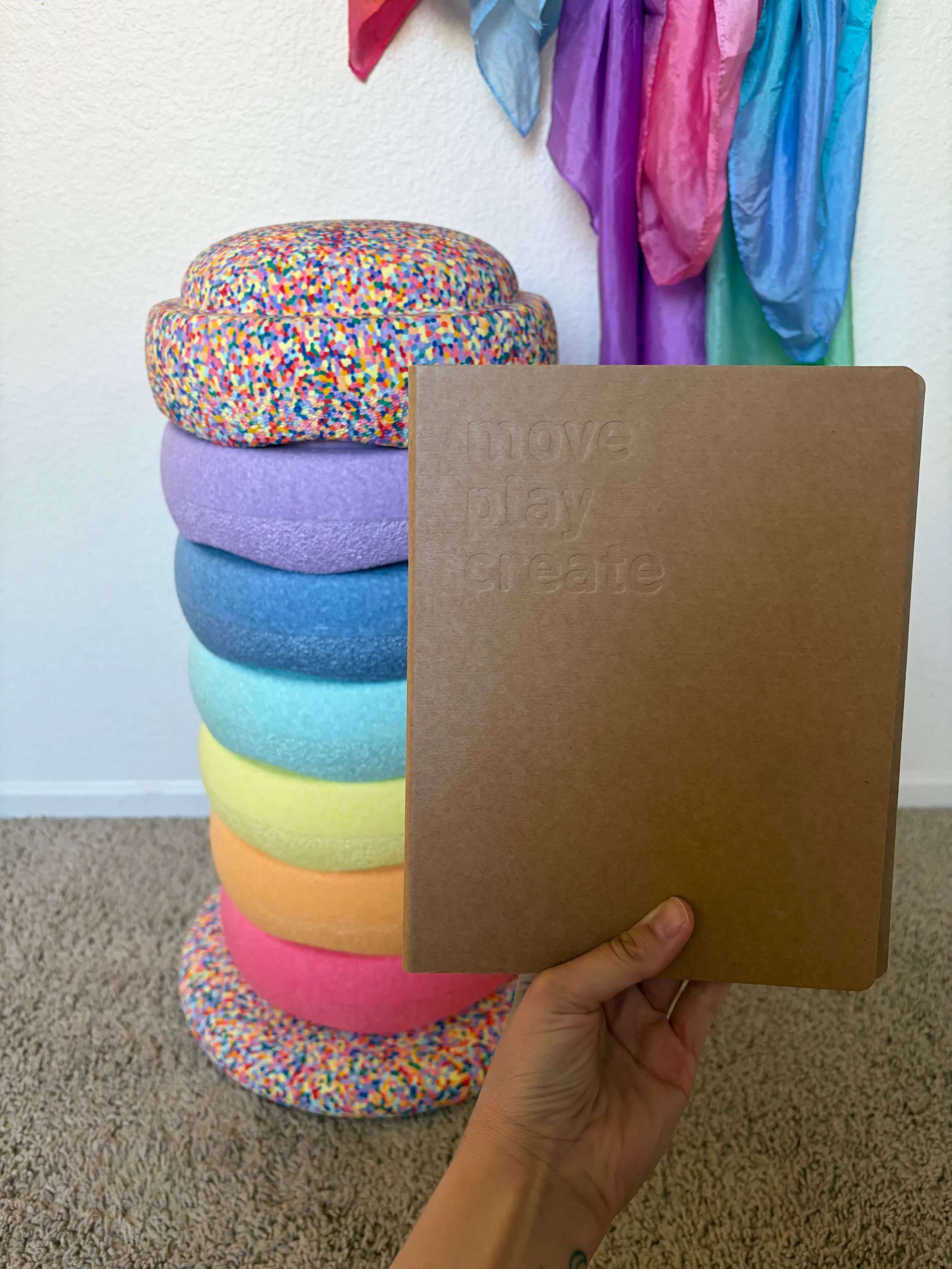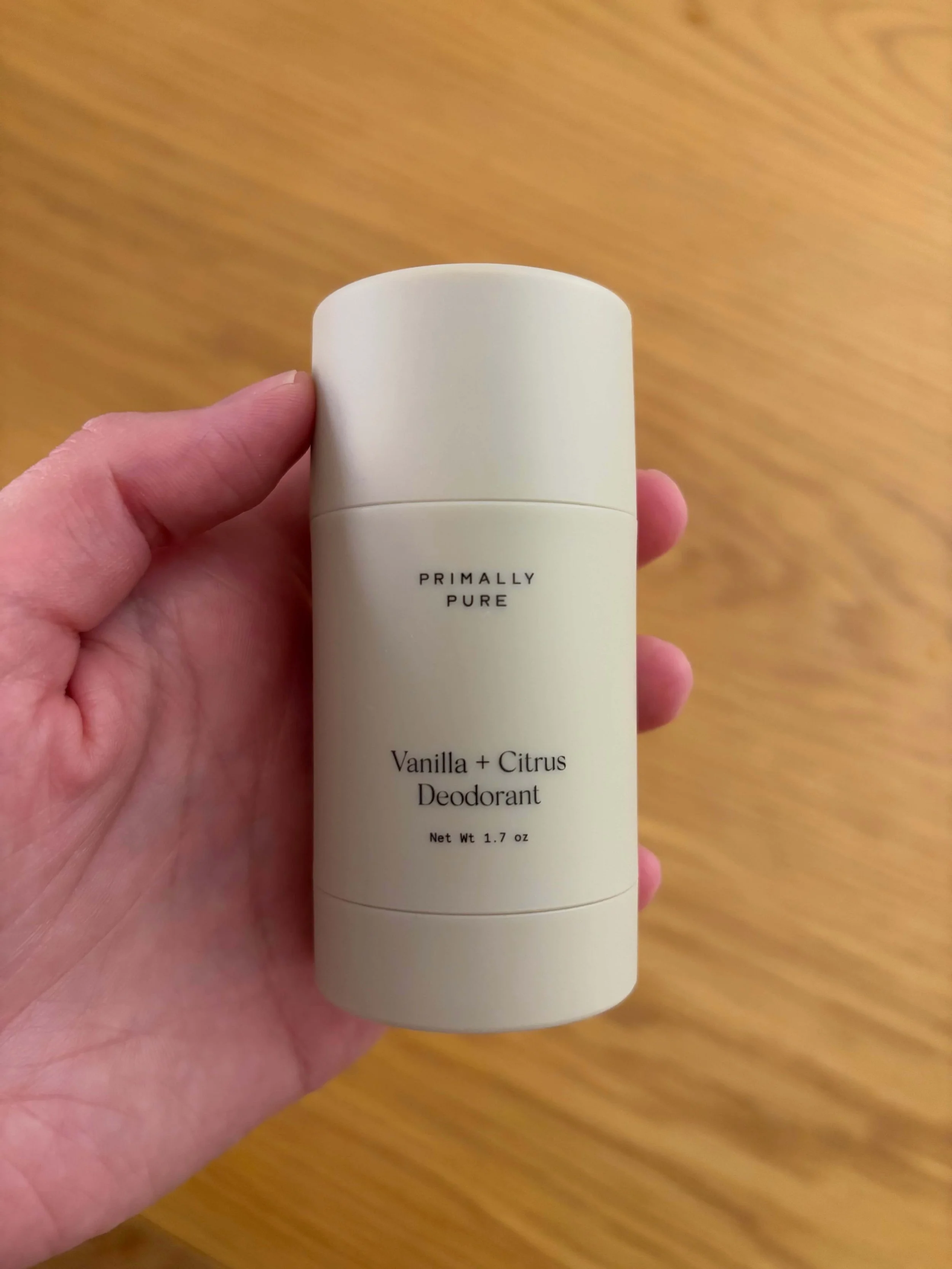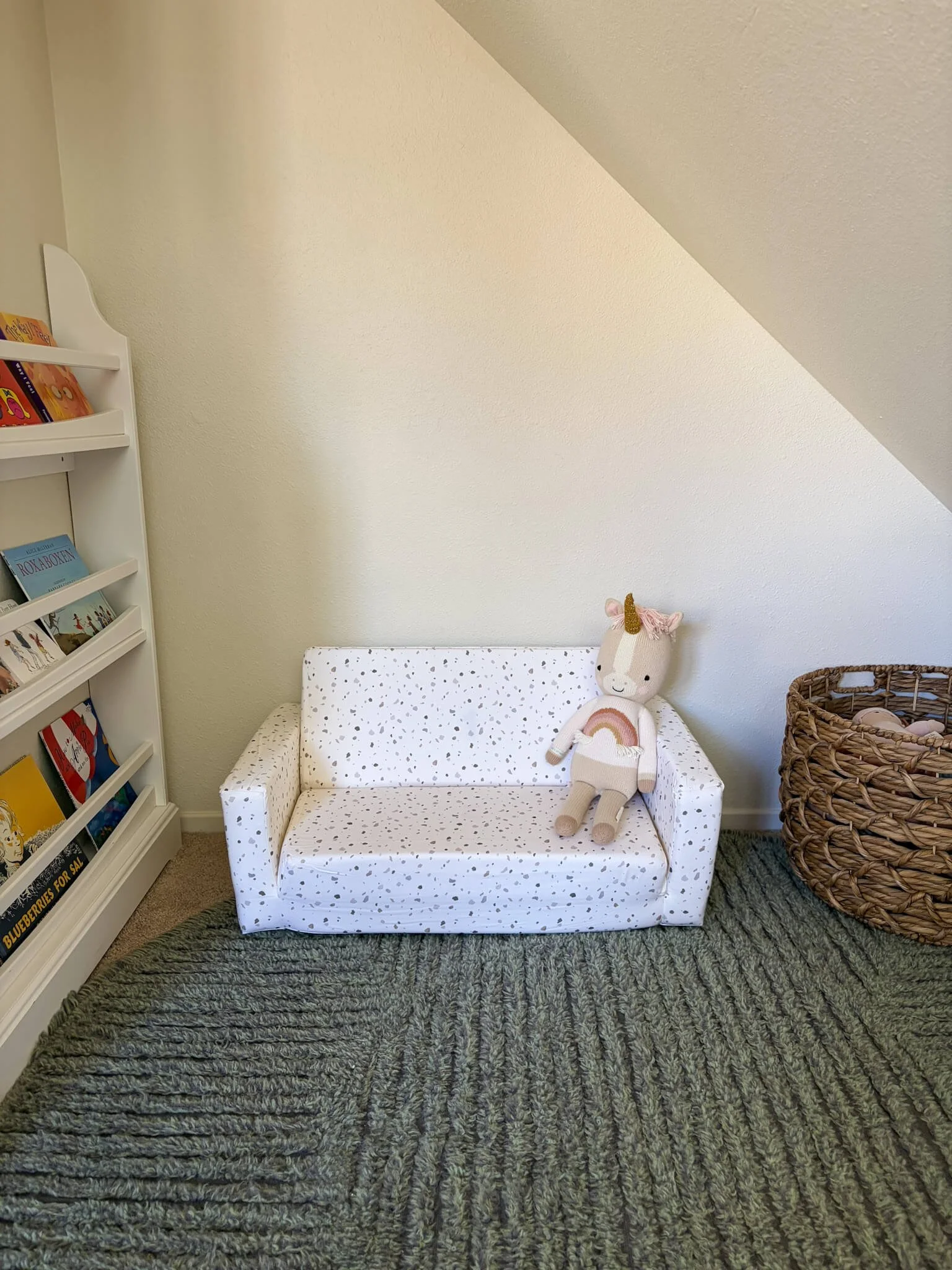Sustainable vs. Non-Toxic: What’s the Difference (and Why Both Matter)
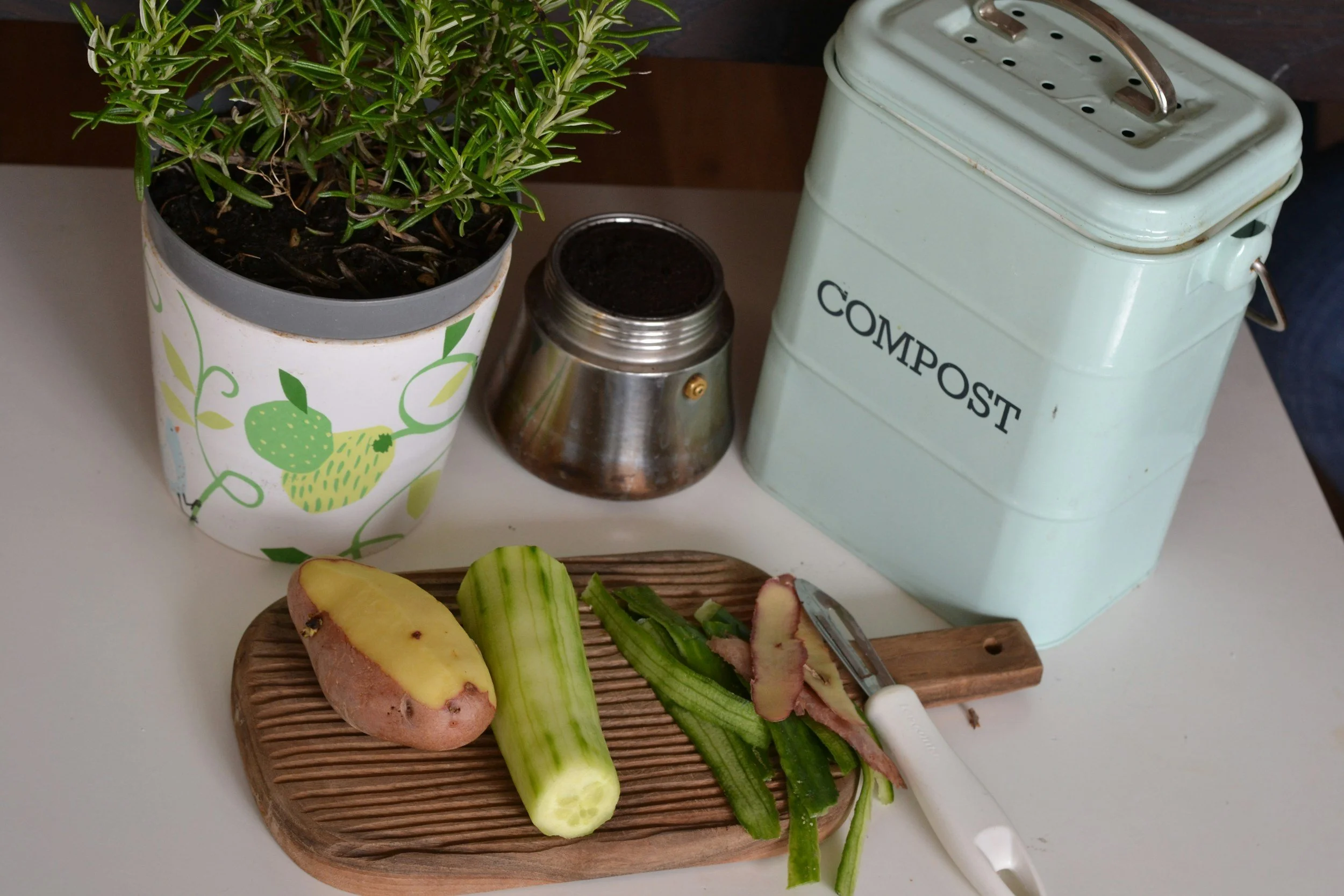
When it comes to eco-conscious living, two terms get tossed around a lot: sustainable and non-toxic. They sound similar, but they focus on different things — and understanding the difference can help you make smarter choices for both your family and the planet.
Sustainability = Environmental Impact
Sustainability is all about reducing your impact on the environment. It looks at:
How resources are sourced (organic cotton vs. conventionally grown cotton)
Energy and water use during production
Waste and recyclability of packaging
The product’s lifecycle and ability to be reused, recycled, or composted
For example, a mattress made from natural latex that’s certified organic and shipped with minimal packaging is sustainable because it uses fewer harmful resources and has a smaller environmental footprint.
Non-Toxic = Human Health Impact
Non-toxic focuses on safety for people. It considers:
Exposure to harmful chemicals like VOCs, PFAS, flame retardants, or synthetic fragrances
Off-gassing from materials in furniture, bedding, or toys
Skincare or household products that are free from allergens, irritants, and endocrine-disrupting chemicals (the EWG skin deep database is my favorite resource for discovering safer product swaps)
A non-toxic product protects your health, but it isn’t necessarily sustainable. For example, a chemically safe cleaning product might still come in single-use plastic packaging shipped across long distances.
Why Both Matter
The ideal product is both sustainable and non-toxic: safe for your family and safe for the planet.
When you prioritize both:
You reduce exposure to harmful chemicals in your home
You minimize environmental harm from production, packaging, and disposal
You support brands that value ethics, transparency, and long-term responsibility
How to Choose Products That Do Both
Here’s a practical approach:
Check certifications — GOTS or GOLS for sustainability, MADE SAFE or Greenguard Gold for non-toxic assurance.
Read the ingredient list — transparency is key for non-toxic living.
Evaluate packaging — recyclable, compostable, or reusable packaging supports sustainability.
Consider lifecycle — durable, long-lasting products reduce waste and environmental impact.
Learn which labels and certifications are worth trusting in Certifications That Actually Matter.
My Favorite Brands That Balance Both Values
Avocado — GOTS, GOLS, Greenguard Gold, Made Safe, OEKO-TEX, EWG-verified mattresses (they really knock it out of the park!)
Primally Pure — organic, MADE SAFE skincare with eco-conscious packaging (their Vanilla + Citrus Deodorant is my all-time favorite!)
Toki Kids — non-toxic materials + sustainable packaging
Choosing products that are both sustainable and non-toxic ensures you’re making thoughtful, impactful purchases that align with your values.
Final Thoughts
Sustainability and non-toxicity aren’t interchangeable — they complement each other. By paying attention to both, you can create a home that’s healthy, safe, and environmentally responsible. Small intentional swaps add up over time, and every purchase is an opportunity to support brands that truly care.
Quick Tips
Look for both certifications when possible (GOTS + MADE SAFE, Greenguard Gold + OEKO-TEX).
Prioritize high-impact categories like bedding, skincare, and shoes.
Remember, a product can be non-toxic but not sustainable — or sustainable but not non-toxic. Balance is key.
Start small, swap intentionally, and celebrate progress over perfection.
📖 Part 6 of the 7 Days to a Non-Toxic Home Series
Day 1: How to Read a Non-Toxic Label
Day 2: Certifications That Actually Matter
Day 3: The Truth About Organic Products
Day 4: Greenwashing 101: How to Spot It
Day 5: What “Not Toxic” Really Means for Families
Day 6: Sustainable vs. Non-Toxic: Why Both Matter
Day 7: How to Transition to a Non-Toxic Home Without Overwhelm
Latest on the blog
Learn simple, realistic ways to reduce holiday waste and celebrate sustainably with your family.
Make this holiday season simpler, greener, and more meaningful with easy, non-toxic, sustainable swaps your family will actually use.
Discover why heirloom toys are worth the investment — from safer, non-toxic materials to thoughtful design and play that lasts for generations.
Looking for non-toxic and sustainable toys for kids? Explore our top holiday gift picks that spark creativity, learning, and imaginative play.
Discover the best non-toxic baking tools for family holiday fun. From glass mixing bowls to stainless steel pans, these safe, durable essentials make holiday baking with kids joyful, hands-on, and worry-free.
Create a slower, more intentional holiday season with mindful tips, stress-easing rituals, and gentle practices that help your family feel grounded and connected.
Discover the best sustainable, eco-friendly, and non-toxic stocking stuffers for kids — meaningful, useful, and thoughtfully chosen gifts for a calmer, more mindful holiday season.
Discover Quince’s eco-friendly winter essentials, from organic cotton sweaters and cardigans to a Responsible Down puffer and cozy cotton throw. Stylish, sustainable, and affordable — see how to stay warm responsibly this season.
Discover how slowing down, simplifying, and living intentionally can transform motherhood — and bring more peace to your days.
Help your kids grow up curious, capable, and kind to the planet. This gentle guide shares simple ways to teach sustainability and healthy habits through everyday moments.
Self-care doesn’t have to be complicated. Here’s how to create nourishing, non-toxic rituals that align with your values and fit real mom life.
Start your day with calm intention. These mindful morning ideas help moms create peaceful, non-toxic routines that support the whole family.
Discover simple ways to reduce toxins, calm your space, and create a home that feels peaceful and nurturing for your whole family.
Feeling stretched thin? Learn how to simplify your routines, let go of what’s not serving you, and create space for what matters most.
Forget perfection — mindful motherhood is about balance, not overwhelm. Here’s how to embrace clean living as a mom without the guilt or pressure.
Discover a 7-day guide to mindful motherhood. Learn practical ways to simplify routines, create a calm, non-toxic home, nurture yourself, and teach kids healthy habits — all without guilt or overwhelm.
Create a healthier, non-toxic home in seven simple steps. Learn to read labels, spot greenwashing, and make confident, low-stress choices for your family — one day at a time.
Sleep better with organic, non-toxic bedding. Discover safe materials, trusted certifications, and cozy, sustainable swaps for your healthiest night’s rest.
Discover why Nest Bedding’s organic sheets and washable wool comforter are the eco-friendly upgrade your sleep has been missing.
Ready to detox your home? Follow this simple step-by-step guide to create a non-toxic home — with easy swaps for bedding, skincare, cleaning, and more.
Sustainability and non-toxicity aren’t the same — but together, they’re powerful. Learn how to choose products that are safe for your family and the planet.
Understand what “non-toxic” really means for your home and family. Learn to identify hidden toxins, improve indoor air quality, and make safe, simple swaps.
Don’t be fooled by greenwashing. Learn the red flags of fake sustainability, what real transparency looks like, and how to choose brands that mean what they say.
“Organic” doesn’t always mean safe. Find out what organic really means for food, skincare, and textiles — and how to tell when a product is genuinely clean.
Not all eco labels are created equal. Learn which non-toxic and sustainable certifications truly matter — from GOTS to MADE SAFE — and which to skip.
Learn how to read non-toxic labels with confidence. Discover what ingredient lists, certifications, and marketing claims really mean so you can shop safer.
Discover why Stapelstein is one of the best non-toxic toys for young children. Made from safe, eco-friendly materials, this open-ended toy inspires creativity, active play, and endless imagination.
Struggling with postpartum body odor? Learn why Primally Pure is the best deodorant for new moms—safe, clean, and effective.
Discover the 20 best Montessori books for parents in 2025—honest reviews, practical tips, and guides on the Montessori method for home and school.
Choosing non-toxic, eco-friendly seating for your kids doesn’t have to be complicated. Find out why the Toki Kids play couch and bean bag are our #1 choice!







